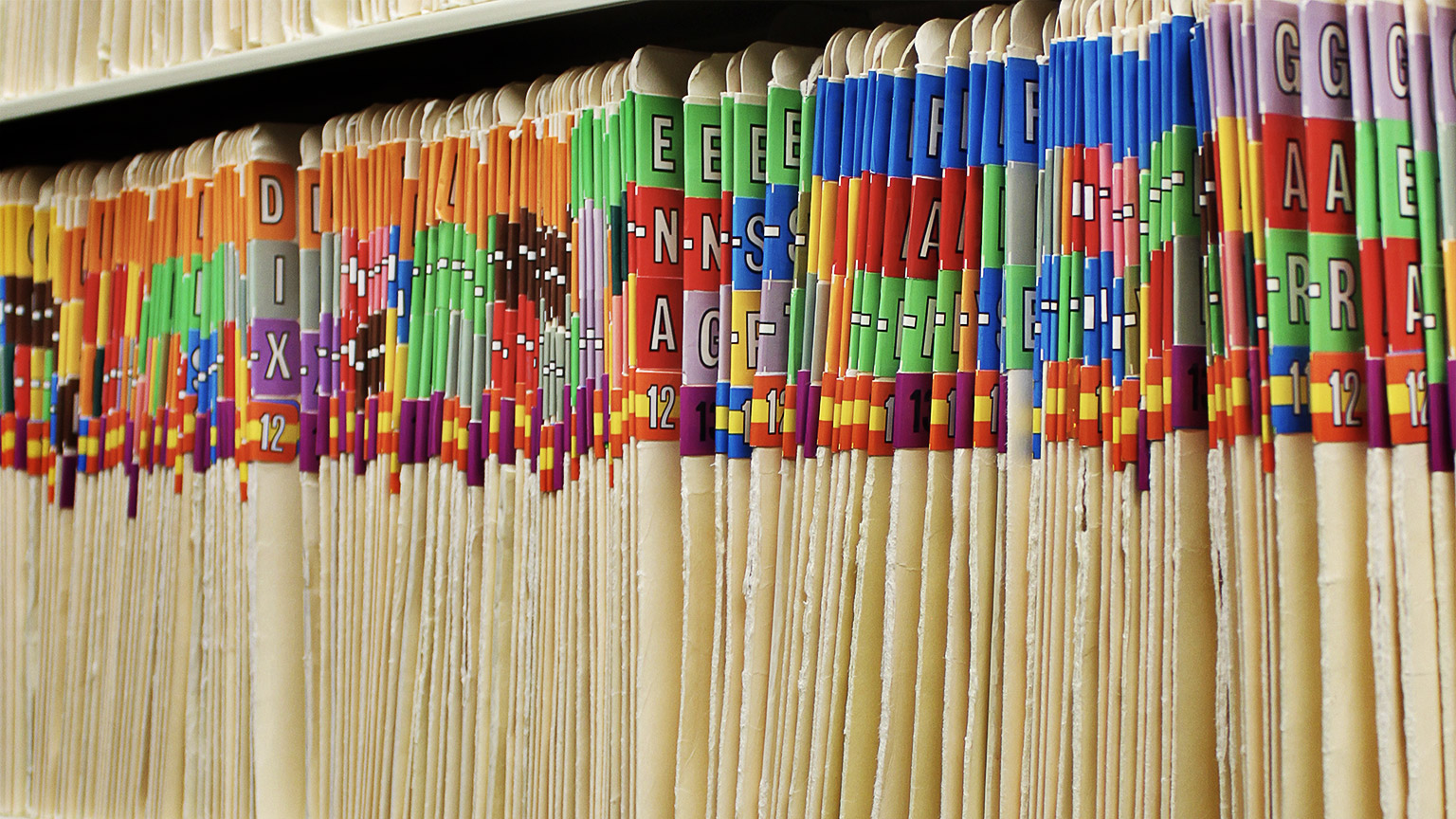It is important that client follow-up requirements are identified and documented as directed, and client records are updated and stored in accordance with facility policies and procedures. Follow-up requirements may include:
- Home care instructions for a client relating to:
- Behaviour management
- Equipment dimensions or construction
- Feeding and health care
- Grooming
- Training or exercise
- After business communication on animal progress at home:
- Behaviour modification progress
- Operation of equipment or other products
- Settling in of a new animal
- Training and exercise plan progress
- Re-booking of services:
- Advising of seminars or training opportunities
- Advising of product or other service special offers
- Reminder of grooming or other appointments
Often a client will need a follow-up appointment made. This instruction will be issued by the attending staff member at the end of the consultation. You may have to ask the staff member concerned if they want a further appointment booked or whether there are other requirements that need to be discussed with the client.
If a follow-up appointment is required, then you will need to identify the timeline required for the appointment and book the client in for the follow-up appointment within the timeline required.
Updating records

Medical records and diagnostic images remain the property of the practice or facility, not the client, and must be retained for legal reasons.
The length of time these records should be maintained varies in different states and veterinarians must be aware of their local legal requirement.
Clients can request to have their animal history or file sent to another animal care facility. If a copy of the report or image is requested, you should always check with the client that they are happy for the records to be sent.
More recently all diagnostic images and reports are delivered by computer image, and therefore there is no physical storage required for these items. This being said storage records remain an important aspect of the care of an animal.
You will need to ensure they are stored in the correct manner in the computer and that only those who need access have it. This can be accomplished through the use of restricted access to animal files and client details and through the use of passwords.
Even though you are working with animals, privacy is still important so you should never discuss the animal or their owner in front of other people or leave paperwork laying around in public areas. This is part of providing a duty of care to both the animal and their owner.

